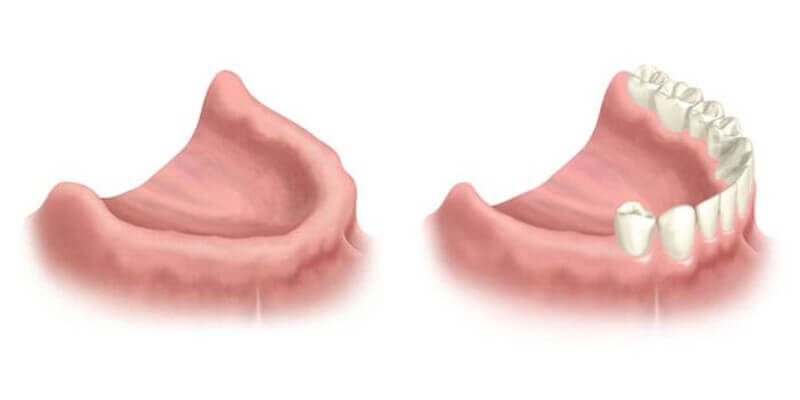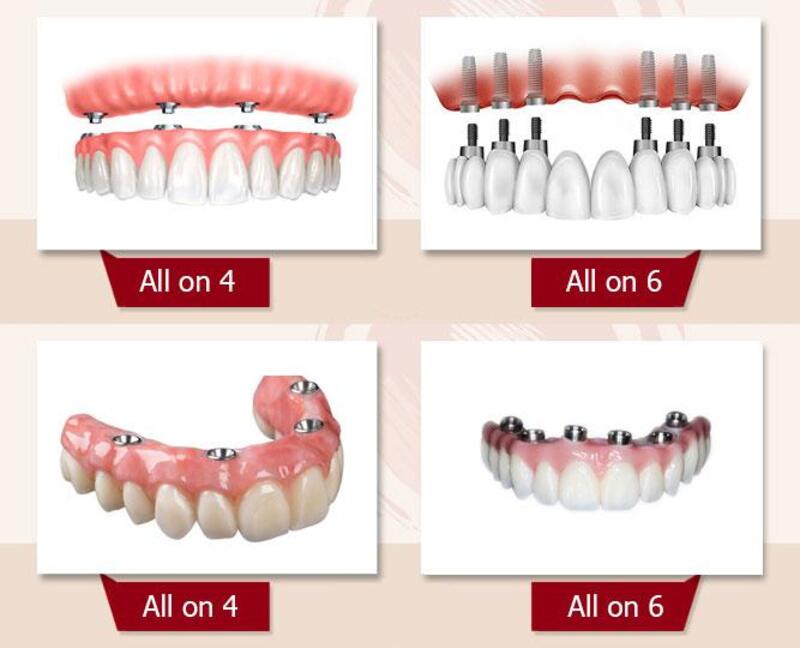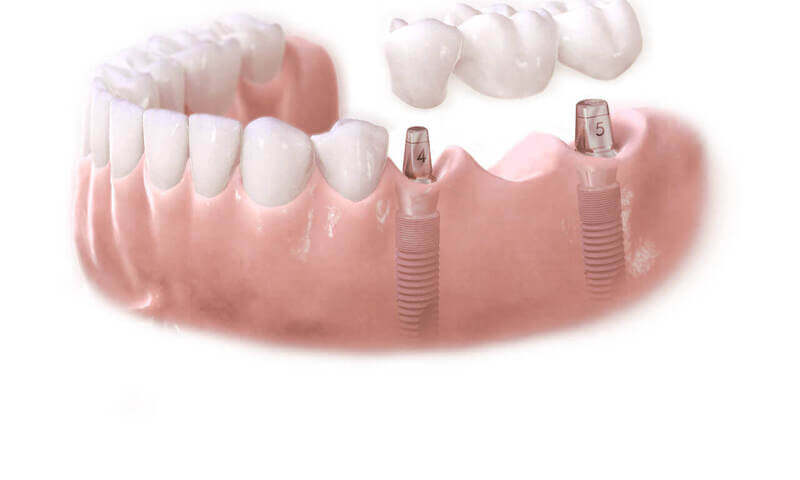Dental Implants: How Are Dental Implants Placed?

Contents:
Implant surgery in dentistry is implanting artificial material into the gum for the subsequent reconstruction of the lost tooth or functional tooth restoration. The surgical procedure helps to restore the functionality of the jaw structures and the confidence with a flawless smile. The Clinic of Aesthetic Dentistry in Kyiv (KES) offers its patients the implantation service with high professionalism and safety assurance.
Indications

By contacting the KES clinic, you can solve several dental problems, including missing teeth. Dental implantation has gained popularity long ago due to its efficiency, durability, and high aesthetic performance. The main indications for performing the implant surgery are:
- the absence of one or more teeth in a row;
- the absence of more than 2-3 or more teeth in a row (an alternative is an implant-retained bridge);
- the absence of wisdom teeth;
- total anodontia.
After implant surgery, you restore the chewing function of the teeth and significant improvement in appearance. Implant surgery is not performed in case of autoimmune diseases, viral hepatitis, disorders of the blood and blood-forming organs, bone tuberculosis, irreversible neurological disorders, and cancer, considering the volume of surgical intervention.
Types of Implants and Techniques

Depending on the goals and tasks to be solved, implant surgery can be performed in one or several stages. In the second case, an intraosseous implant is placed, then after its engraftment, the extra-alveolar part of the tooth is restored.
Implant Procedure Stages
Before the implantation, a thorough examination of the patient is carried out; a detailed history is collected. This is necessary to prevent possible consequences and complications. The turnkey solution for implantation procedure is carried out in several main stages:
- General clinical examination of the patient, blood tests, an X-ray of the oral cavity, and dental health assessment. In the case of medical history, examination by respective specialists is required.
- Planning. Before the rehabilitation, the full-mouth debridement is conducted: the treatment of tooth decay, stomatitis, and gum diseases. Bone augmentation. It is necessary to avoid bone atrophy. Atrophic changes occur as a consequence of long-term missing teeth – the bone becomes denser, and the volume decreases.
- Implant surgery. A titanium screw is fitted into the bone tissue and covered with a healing cap. After a few months, bone tissue is restored.
- Placing the abutment. To reliably attach the future prosthesis with the implant, a unique design is required – an abutment fixed with a titanium screw. A few weeks before the abutment is fixed, a unique healing cap is placed over it.
- Prosthetics. A complete denture can be placed on implants. The last stage of the implant surgery procedure is installing a crown, bridge or bar clip (in case of a completely edentulous patient).
The two-stage implantation can take up to six months. It is possible to install temporary prostheses in the intermediate period to eliminate the discomfort from the missing teeth.
When Is Bone Grafting Required?
Sinus lifting or bone grafting is one of the stages of dental implant surgery. The technique is required in the following cases:
- low bone mass in the upper jaw in the area of the maxillary sinus;
- chronic sinusitis with resorbed sinus floor;
- long-term missing teeth in the prosthetics area.
Sinus lifting involves building up the missing volume of the maxillary bone to improve the osseointegration of dental implants. If this step is ignored, it isn’t easy to achieve high-quality engraftment of the titanium post. Besides, there is a risk of damage to the maxillary sinus floor.
An open or closed technique carries out the augmentation process. The final cost of the surgery depends on the technique choice:
- Closed technique. Most preferable and less traumatic for patients. At the first stage, the doctor creates a window in implantation, inserts a particular material, and lifts the maxillary sinus’s bottom. This technique of sinus lifting also presupposes the immediate introduction of the implant.
- Open technique. Open sinus lift involves more serious surgery. During the surgery, the doctor makes an incision in the implantation area, pushes back the gingival flap, fills the maxillary sinus cavity with particular material, and sutures the wound surface.
There is another augmentation method – sinus lift using the balloon technique. The method is similar to closed sinus lifting. A special balloon is placed stretching the area between the maxillary sinus and the jawbone. The high-tech method reduces the trauma risk the risk of implant failure in the future.
Crown or Bridge Prosthetics

Implant-retained prosthetics is the final stage of dental implantation. The duration of prosthetics depends on the choice of the implant loading type. There are overdenture restorations and fixed prosthetics with implant-supported crowns or bridges.
A two-stage procedure takes a few months before the fixed prostheses with implant-supported crowns are placed. First, the implant is placed, then after the osseointegration process is over, a zirconium dioxide or porcelain-fused-to-metal crown is fixed. In this case, the patient has missing teeth until the healing process is over.
With a one-stage implantation with an instant chewing load, prosthetics are performed immediately. First, with temporary crowns, and after 14-30 days with fixed dentures.
Most often, two-stage implantation is used to eliminate the risks of peri-implantitis and implant loosening and loss. Gradual loading improves the quality of the future structure.
Immediate loading implies that crowns or bridges are placed on the implants immediately or several days after the surgery. Integration further takes place under conditions of average chewing load. This might increase the risk of failure. However, the correct approach to the procedure requires the doctor to choose the right implant and adequately assess the bone volume.
If all teeth are missing and there is a need to install prostheses All-on-3, -4, or -6 implants, it is recommended to comply with all treatment stages – from implantation of a titanium rod to complete engraftment of the implantation system and prosthetics.

